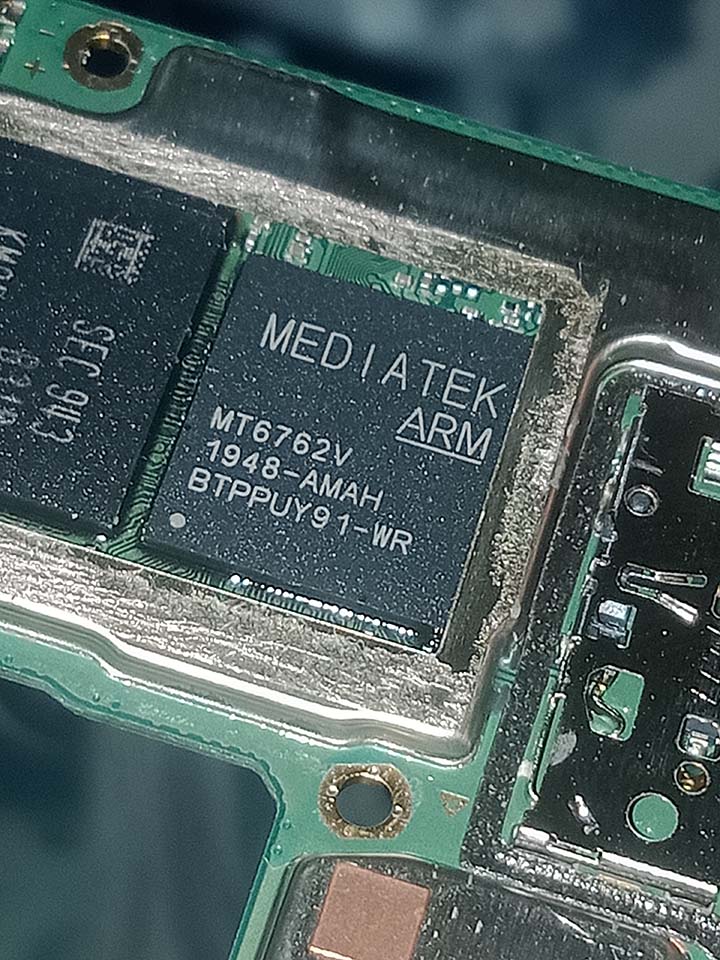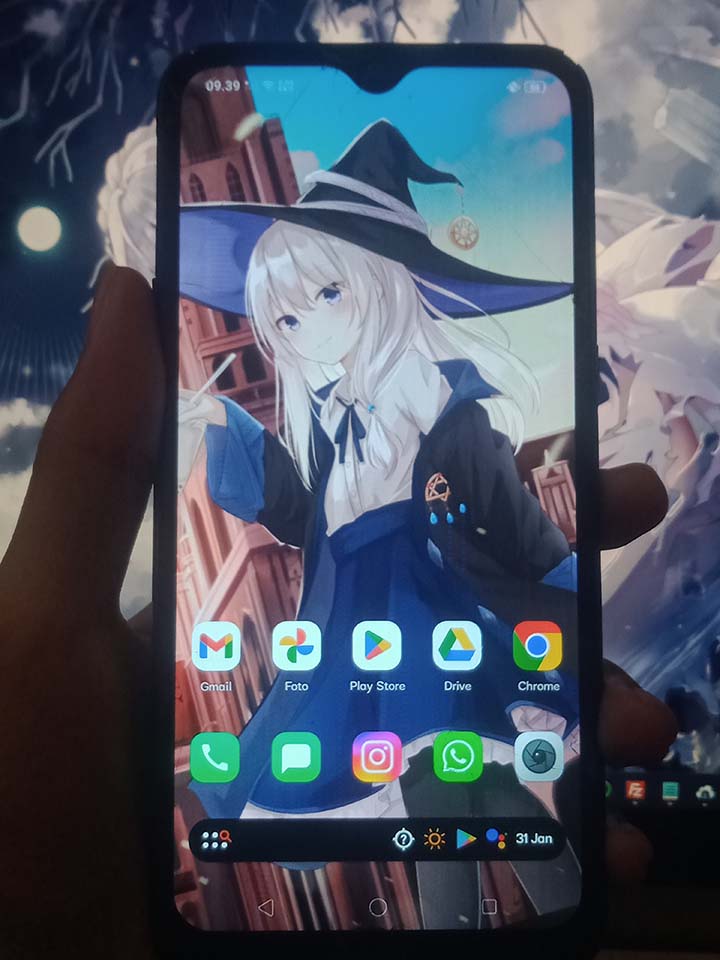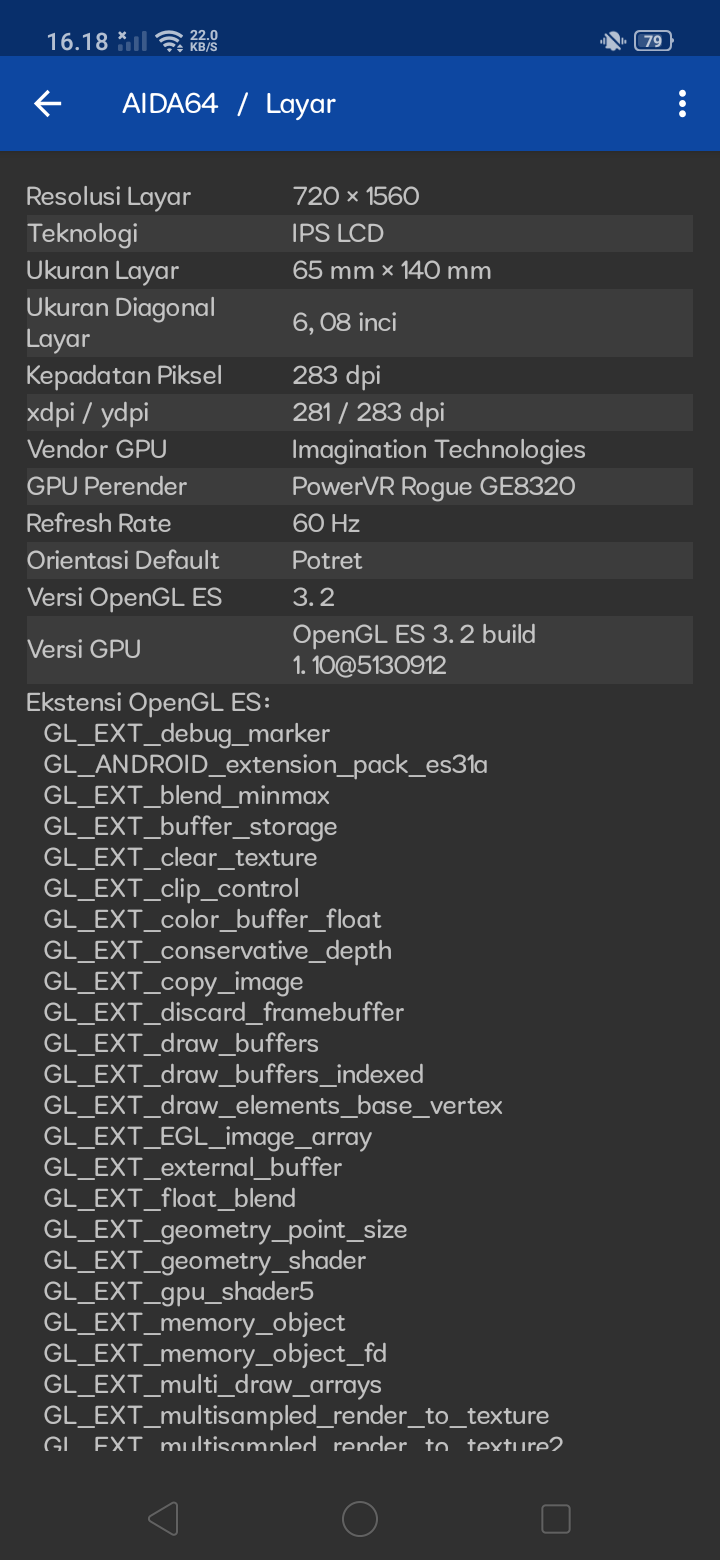GFXBench (Aztec Ruins) - OpenGL score 4 FPS with a PowerVR GE8320 650MHz
Wednesday, 09 July 2025 19:13 | Update at 2 weeks ago
Media Gallery
Screenshot

Device, Setup, etc



URL
Information Detail
Hardware: IMG PowerVR Rogue GE8320 650MHz
Specs:Architecture : PowerVR Series8XE
Codename : -
Chip : -
Core : -
Memory : -
Bus Width : -
Core Clock : 650MHz
Memory Clock : -
TDP : -
Technology : 20nm
Bus Interface : IGPU
CPU: MediaTek MT6762 Helio P22
See more specification...
Software: GFXBench (Aztec Ruins) - OpenGL
Score: 4 FPS
About: GFXBench (Aztec Ruins) - OpenGLGFXBench (Aztec Ruins) - OpenGL is a benchmark test that measures GPU performance in rendering Aztec Ruins scenes using the OpenGL graphics API, one of the oldest graphics APIs still widely used on various platforms. While OpenGL is better known for its broad compatibility, it is not as efficient as DX12 or Vulkan in utilizing the power of modern hardware. Aztec Ruins on OpenGL provides an intensive graphics challenge, testing the GPU's ability to manage dynamic lighting, subtle shadows, water reflections, and highly detailed textures in a 3D scene.
This benchmark provides an evaluation of the GPU's performance when rendering high quality and detailed graphics in OpenGL settings, as well as consistent frame rate performance at high resolutions. This test is often used to compare the performance of different GPUs across platforms that support OpenGL, and provides information on how well a GPU can handle heavy graphics rendering on older or less optimized standards.
The PowerVR GE8320 (650MHz) is an integrated GPU designed specifically for entry- to mid-range mobile devices. It offers efficient and power-saving graphics performance, making it an ideal choice for smartphones that focus on daily use, such as interface navigation, video playback, and light gaming. With a clock speed of up to 650MHz, the PowerVR GE8320 is capable of delivering a fairly smooth graphical display across a wide range of applications, especially at HD+ (720p) screen resolutions commonly used in entry-level devices.
Built on the PowerVR Rogue architecture, this GPU supports various modern graphics APIs such as OpenGL ES, Vulkan, and OpenCL, ensuring compatibility with many of today's Android apps, including casual games and multimedia apps. Although not intended for heavy gaming or graphics-intensive applications, the PowerVR GE8320 is still capable of running a variety of popular games with low to medium graphics settings, such as Mobile Legends, Subway Surfers, or Free Fire, with fairly stable performance.
The test was conducted using a Realme C2 device, powered by a MediaTek MT6762V SoC (Helio P22) and combined with 2GB of RAM and 32GB of eMMC 5.1 internal storage, running Android 9 with ColorOS 6 interface. With this configuration, the Realme C2 provides an accurate picture of the PowerVR GE8320's graphics capabilities in real-world conditions.
In terms of benchmarks, the PowerVR GE8320 recorded quite competitive scores in its class. On Geekbench 4 Compute, the GPU scored 2,969 points, showing sufficient graphics computing performance for light multitasking and basic visual processing. In AnTuTu Benchmark v9 (Mobile) - GPU, the score achieved was 12,663 points, while the AnTuTu v10 (Mobile) - GPU version showed improvement with a score of 13,935 points, reflecting better driver efficiency and system optimization in the latest version.
Overall, the PowerVR GE8320 is a power-efficient GPU aimed at affordable mobile devices, with adequate performance for everyday activities. For users who do not require high graphics performance but want a smooth usage experience, this GPU is an economical and reliable solution. It is suitable for students, first-time smartphone users, or users who are more focused on battery life, system efficiency, and modern app compatibility.
Device Test (Testbed):
Device: Realme C2
Device Specs: MediaTek MT6762V, 2GB RAM, 32GB eMMC 5.1, Android 9, ColorOS 6
* Not Avaiable
